Baramasa: The Painted Romance of Indian Seasons (Portfolio)
Synopsis
In the Rig Vedic Samhitas there is a description of five seasons. They as Pravrd: rains, Gharma: summer, Sarad: autumn, Vasanta: spring and Hemanta: winter. The Samhitas, chiefly the Yajurveda and the Brahmana mention six seasons or Sadaritus which include the month of Sisira: cool season. It further states the names of the months of each season and their peculiarities. Vasanta has two months: Madhu (March/April) and Madhava (April/May), associated with the sweetness of spring; Grishma: Sukra (May/June) and Suci (June and July) related to the blazing light of summer; Varsa: Nabha (August/September) and Nabhasya (September/October), connected with the monsoon clouds; Isa: Urya (November/December) and Sarda (December/January) linked with fertility and to the vigour of autumn; Hemanta: Saha (January/February) and Shahya (February/March) related with the cold and winter; Sisira: Tapa (March/April) and Tapsya (April/May), associated with the beginning of the cool season.
The Brahma Purana makes a mention of the six seasons. The Matsya Purana has a whole chapter dedicated only to the month of spring, and the Samba Purana gives a reference to the different colours of the sun in the six Ritu's. The Chitrasutra of the Vishnudharmottarpurana is the earliest reference prescribing certain general rules for the depiction of each of the four seasons.
Summer: Under trees, languorous men seek shade from the harsh summer sun, buffaloes wallowing in the mire of muddy waters, birds hiding under a thick abundance of leaves, and lions and tigers seeking cool caves to retire in.
Rain: An overcast sky, with heavy rain filled clouds weighed down with their aquatic excess, flashes of lightning and the beautiful rainbow, animals like tigers and lions taking shelter in caves, sarus (cranes) birds flying in a row.
Autumn: Trees laden with ripe fruit, the entire expanse of the earth filled with ripened corn ready for harvest, lakes filled with beautiful aquatic birds like geese, the pleasant sight of blooming and blossoming lotus flowers, the moon brightening up the sky with a milky white luster.
Winter: the earth wet with dew, the sky filled with fog, men shivering from the cold, but crows and elephants seem euphoric.
Sage Angirasa in the Anushasana Parva of the epic Mahabharata makes a reference to the twelve different months and the benefit of fasting in each month. "The man who abstains from one meal every day, throughout the month Margasirsha should reverently and with full devotion feed a number of Brahmins. By performing such acts, he becomes free from all his sins and will become endowed with prosperity and energy; and his fields will reap a good harvest; obtain great wealth and a large amount of corn. The individual, who passes the entire month of Pausha, refraining every day from one of the two meals, becomes endowed with fortuity, a pleasing appearance and great fame..."
There are two systems by which seasons or months can be calculated. Either on the basis of the sun or 'solar division' or based on the moon or the 'lunar division'. The solar year is approximately 365 days and the months are calculated by the sun's entrance into a particular Rasi or Zodiac sign. These are divided into twelve, Mesha (Aries), Vrsa (Taurus), Mithuna (Gemini), Kartaka (Cancer), Simha (Leo), Kanya (Virgo), Tula (Libra), Vrscika (Scorpio), Dhanus (Sagittarius), Makara (Capricorn), Kumbha (Aquarius) and Mina (Pisces).
The Lunar calendar is roughly around 354 days; ten less than the solar year and its months are named after Nakshatryas or constellations in which their full moons are placed. The lunar months lasts from one new moon to the next but it is named after the Indian solar month in which it begins. The lunar month are Chaitra and Vaishakha for spring, Jyestha and Asadha for summer, Sravana and Bhadaon for the monsoon, Asvin and Karttika for the autumn, Agrahayana and Pausha for winter and Magha and Phaguna for Sisira for the cool season.
The first Indian reference mentioning Indian seasons has been found at Dhauli and Jaugada and dates from the period of the Great Emperor Ashoka (c.272 B.C. ). It mentions Tisya Naksatra (Tisya or Pausa) and Chaturmasi (full moon in all seasons). The steatite casket inscription from the time of Meander (c. 115-90 B.C.) at Shinkot is the earliest known inscription to mention a month. It refers in Prakrit, to two months - Karttika and Vaisakha in connection with the relics of the Buddha. As the centuries progressed the practice of writing the month in inscriptions gained immense popularity.
Read more
The Brahma Purana makes a mention of the six seasons. The Matsya Purana has a whole chapter dedicated only to the month of spring, and the Samba Purana gives a reference to the different colours of the sun in the six Ritu's. The Chitrasutra of the Vishnudharmottarpurana is the earliest reference prescribing certain general rules for the depiction of each of the four seasons.
Summer: Under trees, languorous men seek shade from the harsh summer sun, buffaloes wallowing in the mire of muddy waters, birds hiding under a thick abundance of leaves, and lions and tigers seeking cool caves to retire in.
Rain: An overcast sky, with heavy rain filled clouds weighed down with their aquatic excess, flashes of lightning and the beautiful rainbow, animals like tigers and lions taking shelter in caves, sarus (cranes) birds flying in a row.
Autumn: Trees laden with ripe fruit, the entire expanse of the earth filled with ripened corn ready for harvest, lakes filled with beautiful aquatic birds like geese, the pleasant sight of blooming and blossoming lotus flowers, the moon brightening up the sky with a milky white luster.
Winter: the earth wet with dew, the sky filled with fog, men shivering from the cold, but crows and elephants seem euphoric.
Sage Angirasa in the Anushasana Parva of the epic Mahabharata makes a reference to the twelve different months and the benefit of fasting in each month. "The man who abstains from one meal every day, throughout the month Margasirsha should reverently and with full devotion feed a number of Brahmins. By performing such acts, he becomes free from all his sins and will become endowed with prosperity and energy; and his fields will reap a good harvest; obtain great wealth and a large amount of corn. The individual, who passes the entire month of Pausha, refraining every day from one of the two meals, becomes endowed with fortuity, a pleasing appearance and great fame..."
There are two systems by which seasons or months can be calculated. Either on the basis of the sun or 'solar division' or based on the moon or the 'lunar division'. The solar year is approximately 365 days and the months are calculated by the sun's entrance into a particular Rasi or Zodiac sign. These are divided into twelve, Mesha (Aries), Vrsa (Taurus), Mithuna (Gemini), Kartaka (Cancer), Simha (Leo), Kanya (Virgo), Tula (Libra), Vrscika (Scorpio), Dhanus (Sagittarius), Makara (Capricorn), Kumbha (Aquarius) and Mina (Pisces).
The Lunar calendar is roughly around 354 days; ten less than the solar year and its months are named after Nakshatryas or constellations in which their full moons are placed. The lunar months lasts from one new moon to the next but it is named after the Indian solar month in which it begins. The lunar month are Chaitra and Vaishakha for spring, Jyestha and Asadha for summer, Sravana and Bhadaon for the monsoon, Asvin and Karttika for the autumn, Agrahayana and Pausha for winter and Magha and Phaguna for Sisira for the cool season.
The first Indian reference mentioning Indian seasons has been found at Dhauli and Jaugada and dates from the period of the Great Emperor Ashoka (c.272 B.C. ). It mentions Tisya Naksatra (Tisya or Pausa) and Chaturmasi (full moon in all seasons). The steatite casket inscription from the time of Meander (c. 115-90 B.C.) at Shinkot is the earliest known inscription to mention a month. It refers in Prakrit, to two months - Karttika and Vaisakha in connection with the relics of the Buddha. As the centuries progressed the practice of writing the month in inscriptions gained immense popularity.
36.00
32.4
$
40.00 $
Free delivery Wolrdwidе in 10-18 days
Ships in 1-2 days from New Delhi
Membership for 1 Year $35.00
Get it now and save 10%
Get it now and save 10%
BECOME A MEMBER

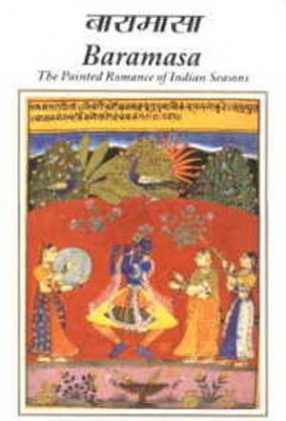
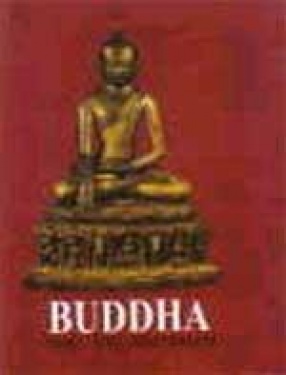
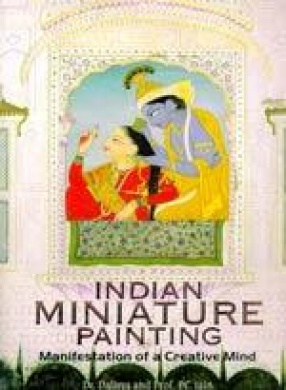
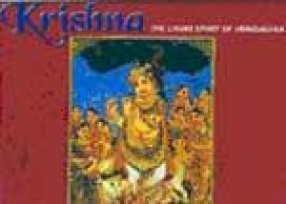
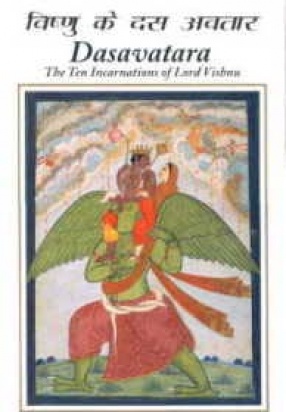
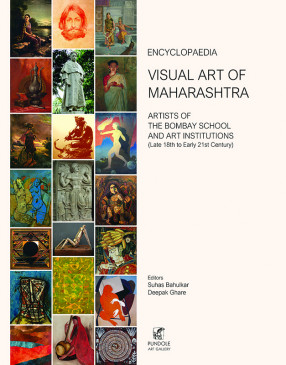
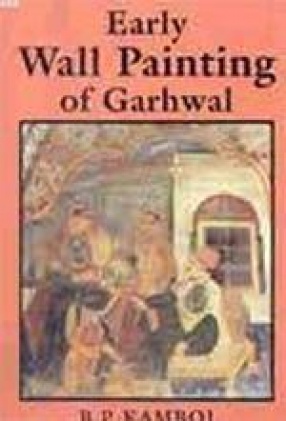
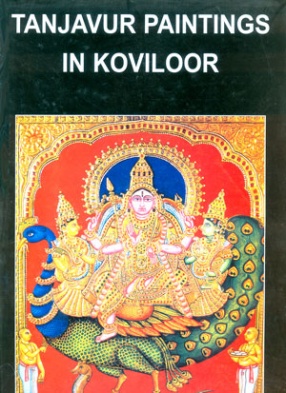
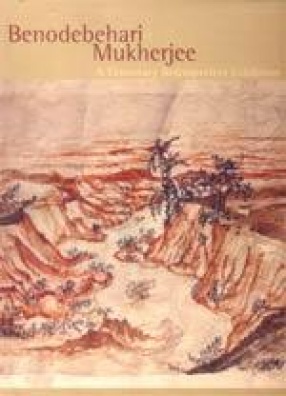

Bibliographic information